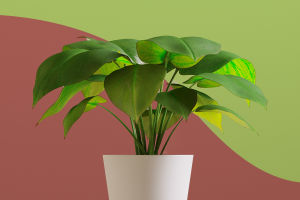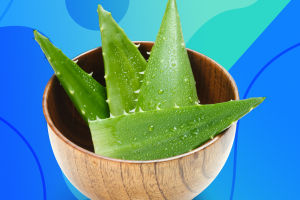Indoor plants have become a beloved element of modern home decor.
Not only do they add a touch of nature to interior spaces, but they also help improve air quality, creating a healthier and more pleasant living environment.
Below is a detailed guide on how to effectively cultivate indoor plants, helping them thrive in a home setting.
1. Choosing the Right Plants
Before starting to grow indoor plants, selecting the appropriate ones is crucial. Some plants are more adaptable and easier for beginners to care for, while others have higher environmental requirements and need more attention.
For those new to indoor gardening, low-maintenance plants such as pothos, snake plants, or succulents are ideal. These plants have lower light and water needs, making them resilient and capable of adapting to changes in household conditions with ease.
2. Managing Light Conditions
Light is one of the key factors in plant growth. Indoor plants typically rely on natural light for photosynthesis, but since many homes have limited lighting conditions, providing sufficient light for plants becomes a challenge. Different plants have varying light requirements.
For instance, succulents need plenty of sunlight, while shade-tolerant plants like pothos or ivy can thrive with minimal light. In homes with insufficient sunlight, using artificial light sources such as grow lights can be an effective solution.
3. Proper Watering
Watering is another crucial factor for plant growth, and a common mistake many indoor plant enthusiasts make is either overwatering or underwatering. Each type of plant has different water needs, so adjusting the watering frequency based on the plant type and season is essential.
Generally, plants with shallow roots, like ferns, require more frequent watering, whereas succulents can tolerate long periods of drought and do not need to be watered as often.
4. Maintaining Suitable Temperatures
Temperature also plays a significant role in indoor plant growth. Typically, tropical plants prefer warm, humid environments, while hardier plants can tolerate greater temperature fluctuations.
Household temperatures are usually stable, but the use of heating in winter or air conditioning in summer may affect plant growth. To maintain suitable temperatures, it’s recommended to keep plants away from heating systems in winter to prevent their leaves from drying out due to hot air.
5. Regular Fertilization
To keep indoor plants in good growing condition, regular fertilization is a necessary care routine. Plants consume nutrients from the soil during their growth, especially in the growing seasons of spring and summer.
Regularly providing plants with the appropriate amount of fertilizer can help replenish the nutrients they need. Generally, fertilizing once a month during the growing season is sufficient, while fertilization can be reduced or paused during fall and winter.
6. Pest and Disease Prevention
Although indoor plants are less susceptible to pests and diseases compared to outdoor plants, they are not completely immune. For instance, aphids and scale insects can damage a plant’s leaves and roots, while overwatering or improper lighting can lead to root rot or mold infections.
To prevent pest and disease problems, it’s advisable to regularly inspect the leaves, stems, and roots of your plants, and address any issues promptly. If pests are found, using soap water or specialized insecticides can help control them. If mold is detected, reducing the watering frequency and improving ventilation are effective remedies.
Maintaining good environmental hygiene is also key in preventing pests and diseases, such as regularly cleaning up debris and fallen leaves around the plants to avoid the growth of harmful bacteria.
Conclusion
Cultivating indoor plants at home not only beautifies your living space but also brings a sense of vitality and connection with nature. However, healthy plant growth requires careful attention and proper management.
While the care process may take some time and patience, the sight of thriving, lush greenery in your home will make all your efforts worthwhile. With diligent care, indoor plants will become a lasting touch of green in your home, bringing comfort and joy to your living environment.


